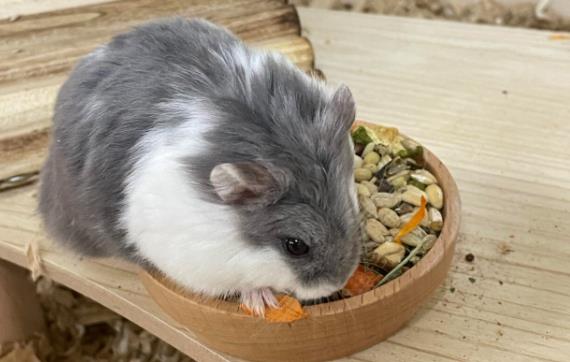Hamsters' memory is characterized by being primarily short-term and relying on sensory compensation. Here’s how it specifically manifests:

I. Duration of Memory
Short-term memory: Typically lasts 3–5 days. It fades if not reinforced beyond this period.
Long-term memory: Can be extended to a week through consistent interaction (such as daily feeding or sound training), but regular reinforcement is necessary.
II. Types of Memory and Their Limitations
Sensory-dependent memory
They mainly recognize their owners through scent and sound; visual cues play an extremely weak role.
For example: A hamster can remember the smell of its feeder but has no recollection of a stranger’s appearance.
Conditioned reflex memory
They form reflexes to fixed behavioral patterns (like cage-opening movements or feeding times) but have weak emotional connections to these patterns.
III. Influencing Factors
Breed differences: Dwarf hamsters (such as Campbell’s dwarf hamsters) have slightly longer memories than Syrian hamsters (like teddy bear hamsters).
Age and stress: Elderly hamsters or those in long-term stressful states experience faster memory decline.
IV. Suggestions for Interacting with Your Hamster
Frequent contact: Interacting at a fixed time daily (such as feeding or speaking softly) helps strengthen their memory of you.
Avoid long breaks: Going more than a week without interaction may cause your hamster to treat you as a "stranger" again.
